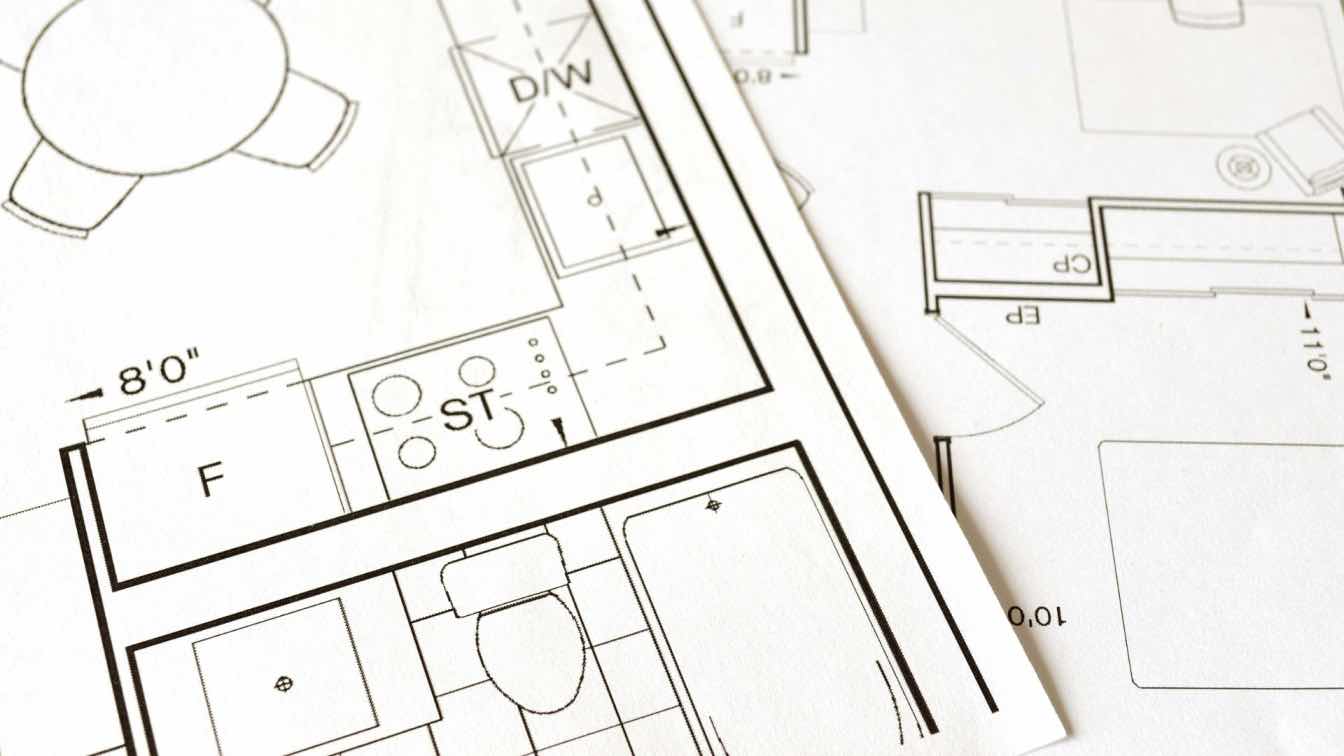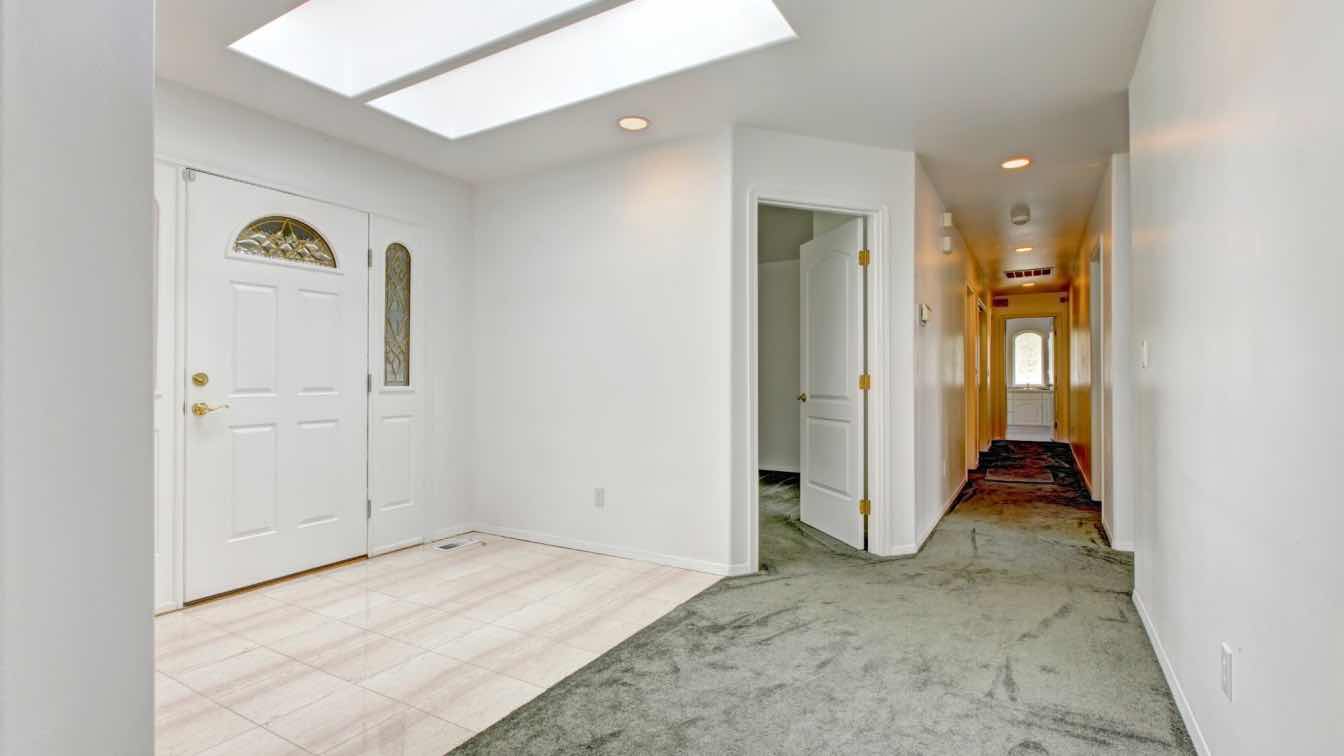Architecture isn’t just about drawing blueprints or constructing buildings; it’s about understanding space, culture, history, and the way people interact with their environment. The right books can open your mind to new possibilities, challenge your assumptions, and refine your design sensibilities. But with thousands of books on the subject, knowing where to start can be overwhelming. That’s why I’ve put together this list of ten essential books that every architecture student should read. Each one offers a unique perspective, whether it’s on fundamental design principles, architectural philosophy, or the technical aspects of the craft.
1. Architecture: Form, Space, & Order – Francis D.K. Ching
If there’s one book that nearly every architecture student will encounter early in their education, it’s this one. Francis D.K. Ching’s ability to break down complex spatial relationships into simple, clear diagrams is nothing short of genius. Instead of overwhelming the reader with jargon, he uses an intuitive, visual approach that makes understanding architectural form feel natural. Whether you're just beginning to grasp the basics of composition or diving into advanced design principles, this book serves as a reliable foundation. It’s not just a book you read once and set aside—it’s a reference you’ll return to throughout your entire career.
2. Towards a New Architecture – Le Corbusier
Few books have influenced modern architecture as profoundly as this one. Written by the legendary Le Corbusier, it’s less of a textbook and more of a passionate manifesto that challenges conventional design thinking. With bold statements like “a house is a machine for living in,” Corbusier redefines architecture as a tool for progress rather than just an aesthetic pursuit. He sees buildings as reflections of modern society, shaped by technology, efficiency, and rationality. Reading this book is like stepping into the mind of one of history’s most radical architects—whether you agree with his views or not, you won’t look at architecture the same way again.
3. The Architecture of Happiness – Alain de Botton
What makes a building beautiful? Why do some spaces make us feel at peace while others leave us cold? Alain de Botton explores these questions in this deeply philosophical yet incredibly accessible book. Unlike technical guides, this book delves into the emotional impact of architecture, examining how our surroundings shape our mood, identity, and sense of belonging. De Botton masterfully weaves history, psychology, and personal observation into an engaging narrative that makes you see buildings as more than just structures—they become characters in the story of human life. This is constantly mentioned in college notes on the topics of history and architecture. If you want to design spaces that truly connect with people, this book will give you a whole new perspective.
4. A Pattern Language – Christopher Alexander
Some books teach architecture as an art; this one teaches it as a science of human experience. Christopher Alexander doesn’t just discuss how buildings look—he explores how they function within the fabric of daily life. Through hundreds of detailed patterns, he reveals the subconscious rules that make spaces feel comfortable, vibrant, and alive. Whether it’s the placement of windows, the width of pathways, or the design of public squares, every detail matters in creating a livable environment. This book is a goldmine for anyone interested in how architecture can enhance human connection, making it an essential read for students who want to go beyond aesthetics and truly shape the way people interact with space.
5. The Elements of Architectural Design – Scott Drake
Every architecture student faces the challenge of turning abstract ideas into real, buildable designs. This book bridges that gap by laying out the step-by-step process of architectural thinking, from the first sketch to the final blueprint. Unlike many theoretical books, this one is deeply practical, showing how concepts like proportion, scale, and circulation actually translate into design decisions. If you’ve ever struggled with moving from inspiration to execution, this book provides the guidance you need to develop a structured, personal approach to design.
6. Complexity and Contradiction in Architecture – Robert Venturi
While many of the books on this list focus on structure and function, Venturi’s classic text is all about embracing the messiness of design. He argues that architecture doesn’t have to be purely rational or minimalist—it can be layered, contradictory, and even chaotic. Through an analysis of historical and modern buildings, he makes the case for a more nuanced, playful approach to design. This book is a must-read for anyone who feels constrained by rigid architectural principles and wants to explore a more expressive, postmodern perspective.
7. Yes is More: An Archicomic on Architectural Evolution – Bjarke Ingels
Architecture books are often dense, wordy, and technical—but this one is the complete opposite. Written as a graphic novel, it tells the story of Bjarke Ingels’ radical approach to architecture in a way that’s fun, accessible, and highly visual. Ingels champions the idea of "hedonistic sustainability," proving that eco-friendly design doesn’t have to be boring or restrictive—it can be bold, dynamic, and playful. For students who want to see what a contemporary, unconventional approach to architecture looks like, this book is both inspiring and a joy to read.
8. Delirious New York – Rem Koolhaas
If you’re fascinated by urban environments, this book is essential. Rem Koolhaas takes New York City as his subject, analyzing its chaotic energy and architectural evolution in a way that feels almost like a detective novel. He describes NYC as a testing ground for modern architecture, where skyscrapers, zoning laws, and human ambition collide to create a unique, ever-changing metropolis. More than just a history of the city, this book is an exploration of how architecture responds to and shapes urban life. It’s an essential read for anyone interested in cities, density, and the intersection of architecture and culture.
9. Thinking Architecture – Peter Zumthor
Peter Zumthor is known for his meticulous attention to materials, light, and atmosphere, and this book gives you a glimpse into his thought process. Unlike many architecture books that focus on form or function, this one is about feeling—how a building should make people experience space, time, and emotion. Zumthor writes with a poetic, almost meditative tone, making this book a refreshing contrast to more technical texts. It’s a reminder that architecture isn’t just about what we see; it’s about what we feel.
10. Architectural Graphic Standards – Charles George Ramsey & Harold Reeve Sleeper
Every architecture student, at some point, will need to master the technical side of design, and this book is the ultimate reference guide. It covers everything from construction details to material specifications, making it an invaluable resource for drafting, modeling, and real-world applications. While it might not be as philosophical or narrative-driven as some of the other books on this list, it’s one of those essential tools that every architect keeps on their shelf long after graduation.
Final Thoughts
Architecture is a vast, multidisciplinary field, and no single book can teach you everything you need to know. But together, these ten books will give you a well-rounded foundation, blending theory, design principles, urbanism, psychology, and technical knowledge. Some will challenge your beliefs, others will refine your skills, and a few might even change the way you see the world. No matter where you are in your architectural journey, these books will help you think more critically, design more thoughtfully, and build with greater purpose. So, which one will you start with?





